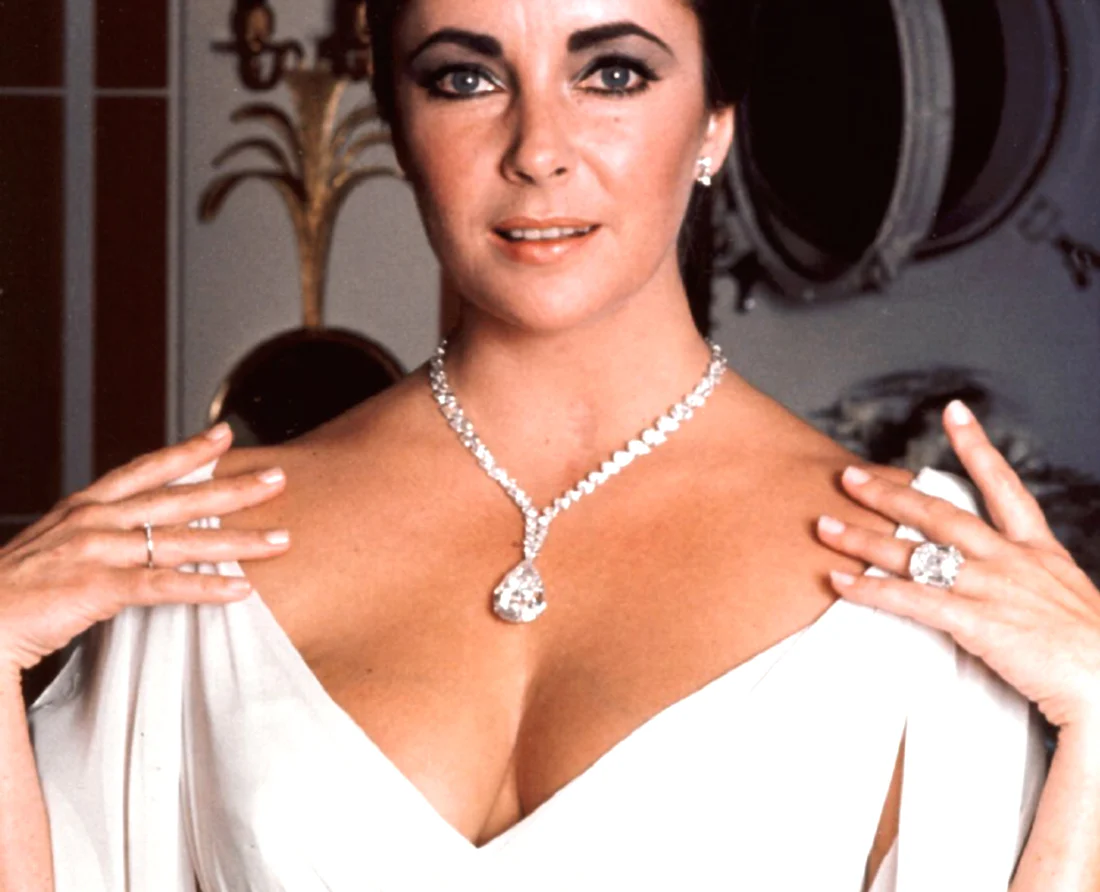Jewelry has long held a special place in human history, symbolizing power, wealth, and cultural significance. Some pieces worn by historical figures have become iconic not only for their design but also for their role in shaping the stories of those who wore them. From royal crowns to legendary necklaces, these pieces have left an indelible mark on history. Let’s take a journey through time to explore the most iconic jewelry worn by historical figures.
1. The Koh-i-Noor Diamond – Queen Victoria
Few jewels are as famous or controversial as the Koh-i-Noor diamond. This 105.6-carat gem, believed to be over 5000 years old, has changed hands throughout history, passing between rulers in Persia, Afghanistan, and India before finally coming into British possession. Queen Victoria acquired it in 1850, and it was set into the British Crown Jewels. The diamond has been worn by queens and consorts ever since and is now part of the British monarchy’s regalia. The Koh-i-Noor’s dazzling history symbolizes the power and conquest associated with royal dynasties.
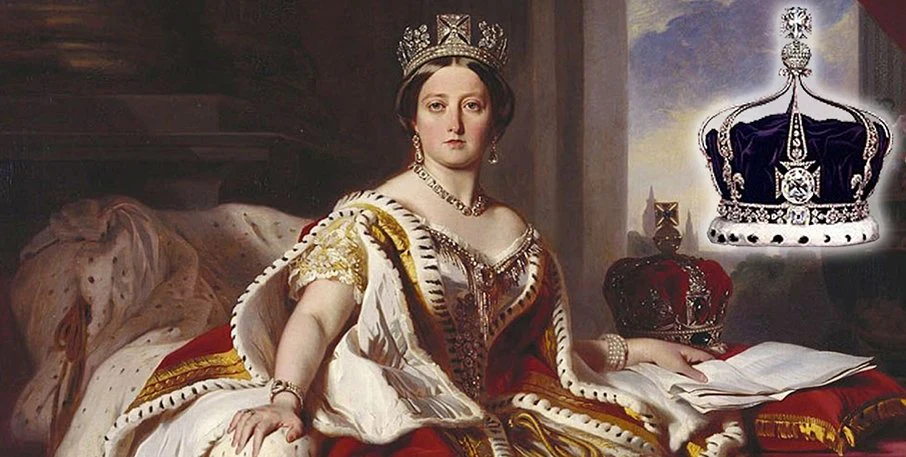
2. Marie Antoinette’s Pearl Necklace
Marie Antoinette, the last queen of France before the French Revolution, was infamous for her lavish lifestyle, and her jewelry collection reflected that extravagance. One of the most talked-about pieces is her pearl necklace, which has become a symbol of her luxurious tastes. The necklace was at the center of the “Diamond Necklace Affair,” a scandal that further tarnished her reputation and played a part in the eventual overthrow of the monarchy. Today, pearls remain a symbol of elegance and opulence, partly because of Marie Antoinette’s enduring influence.
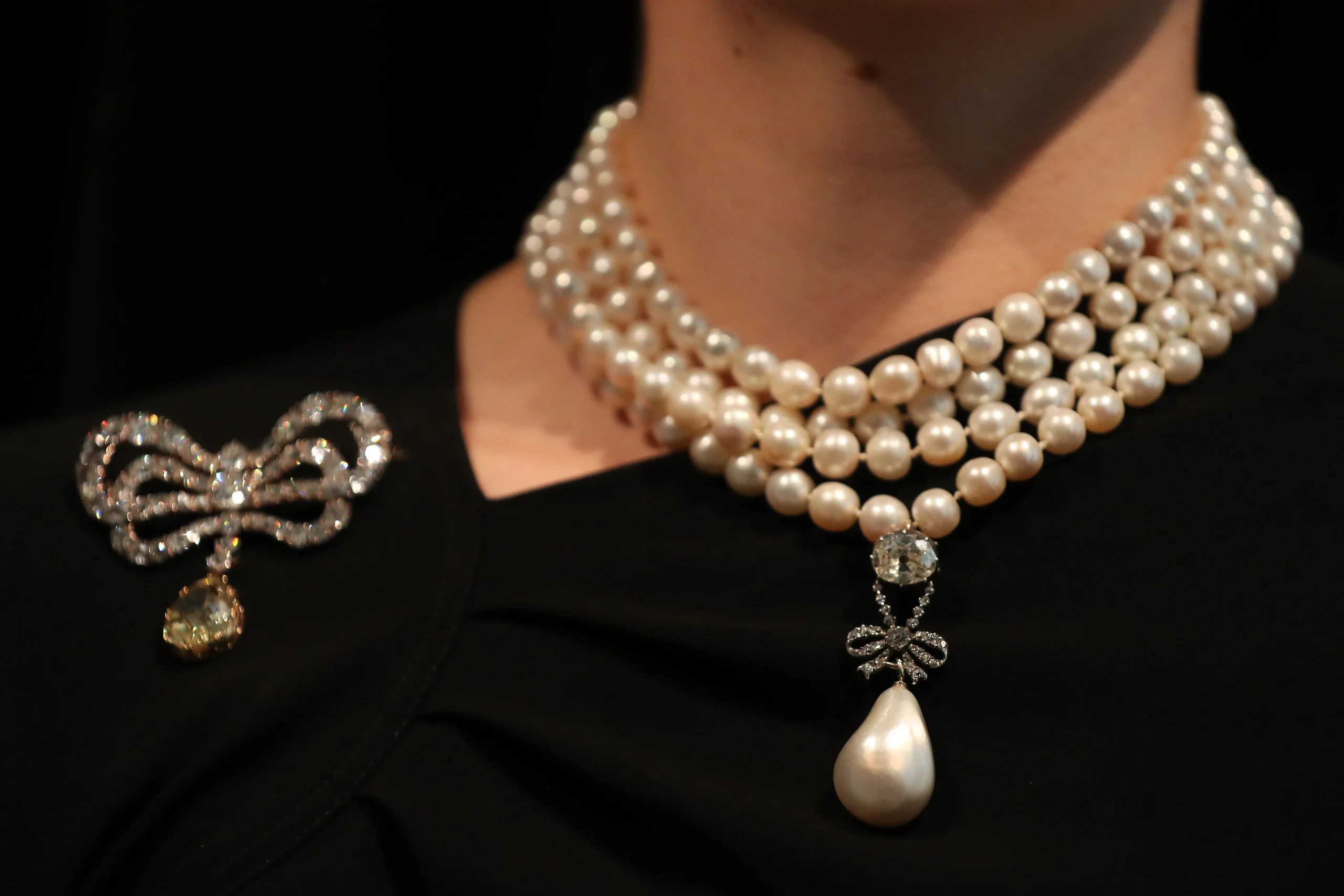
3. Cleopatra’s Emeralds
The Egyptian queen Cleopatra was known for her beauty and intelligence, but she was also renowned for her love of jewelry, especially emeralds. She was said to have owned mines dedicated to extracting these precious stones. Cleopatra often adorned herself with emeralds to symbolize fertility, rebirth, and eternal youth. Her love for this gemstone helped to elevate its status in Egyptian culture, and it remains associated with her today.
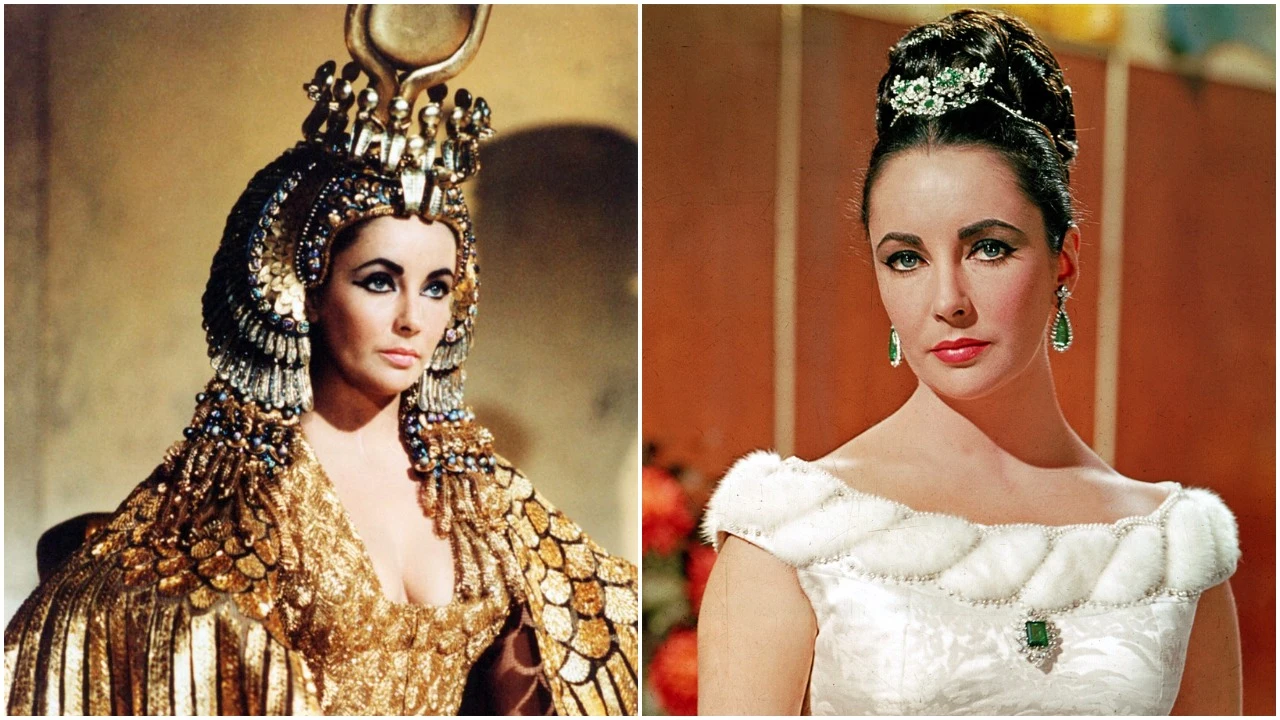
4. Elizabeth Taylor’s Taylor-Burton Diamond
While not a historical ruler, actress Elizabeth Taylor’s influence on the world of fine jewelry cannot be overstated. The Taylor-Burton Diamond, a 68-carat pear-shaped diamond given to her by actor Richard Burton, was one of the most famous diamonds in the world at the time. Taylor’s passion for collecting fine jewels, particularly from historical figures, earned her a place in jewelry history. The Taylor-Burton Diamond remains an emblem of Hollywood glamour and the larger-than-life legacy of Taylor herself.
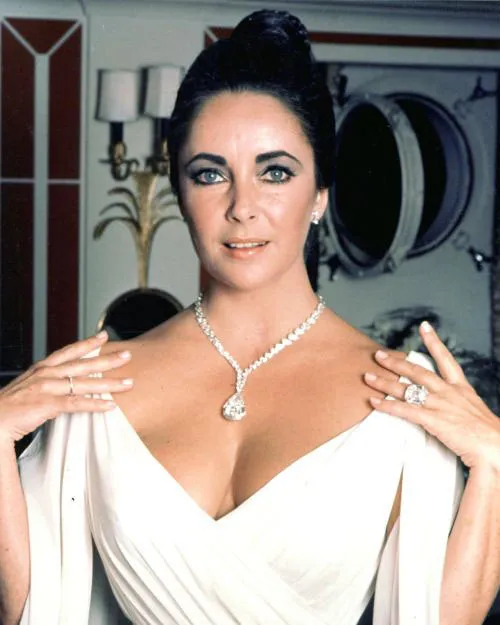
5. Napoleon Bonaparte’s Coronation Crown
Napoleon Bonaparte, the French military leader who became Emperor, is often remembered for his ambition, but his coronation crown remains a symbol of his rise to power. Designed with a mix of laurel leaves, symbolizing victory, and diamonds and rubies, the crown was a departure from traditional royal headpieces, which often contained larger, more ostentatious gems. Napoleon’s coronation marked the beginning of the French Empire, and his crown is a lasting icon of his rule.
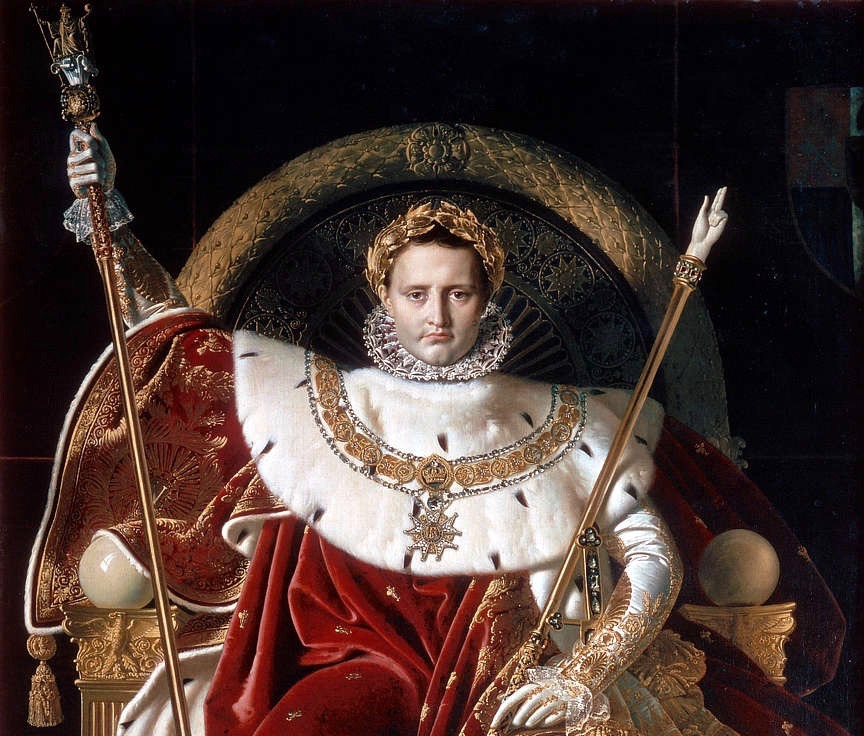
6. The Duchess of Windsor’s Panther Bracelet
Wallis Simpson, the Duchess of Windsor, was a style icon who owned one of the most distinctive jewelry pieces in history: the Cartier Panther Bracelet. Designed in the 1950s, the bracelet features a fully articulated, diamond-encrusted panther that seemingly slinks along the wearer’s wrist. The piece is not only a masterpiece of craftsmanship but also a reflection of Wallis Simpson’s avant-garde style and the significance of her relationship with King Edward VIII, who abdicated the throne to marry her.
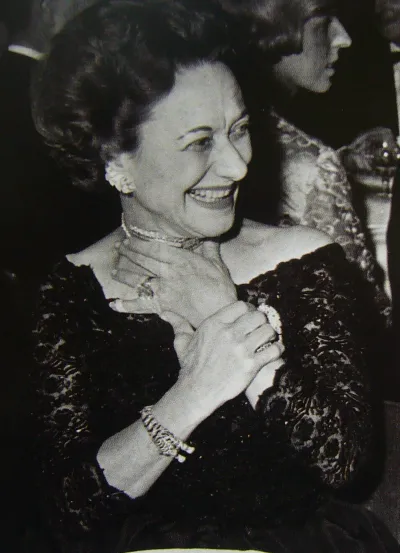
7. Princess Diana’s Sapphire Engagement Ring
One of the most recognizable pieces of jewelry in modern history is Princess Diana’s sapphire and diamond engagement ring. Featuring a 12-carat oval blue sapphire surrounded by diamonds, this ring was unconventional for a royal engagement. When Prince Charles proposed to Diana in 1981, the ring instantly became iconic. After Diana’s tragic death, the ring was passed down to her son, Prince William, who gave it to Kate Middleton when he proposed in 2010. The ring is now a symbol of continuity in the British royal family.
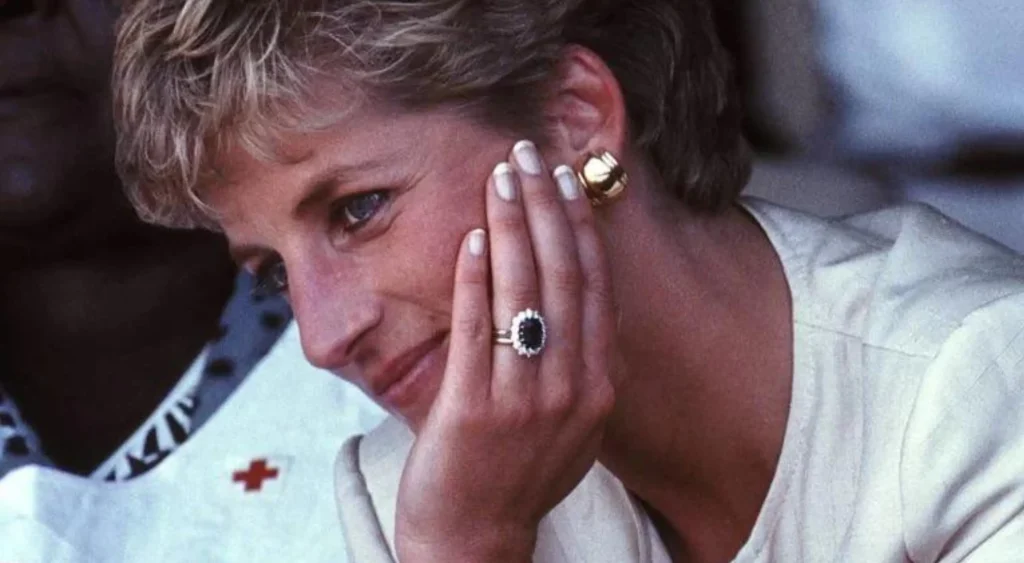
8. Catherine the Great’s Crown
Catherine the Great of Russia was known for her immense power and influence, and her coronation crown is one of the most famous symbols of her reign. The crown, encrusted with nearly 5000 diamonds and topped with a 398-carat red spinel, exemplified the grandeur of the Russian Empire under her rule. Catherine’s crown, worn during her coronation in 1762, remains a powerful symbol of her reign and the expansion of Russia’s influence during her time.
9. Empress Eugénie’s Cameo Tiara
The wife of Napoleon III, Empress Eugénie of France, was a trendsetter in the 19th century, and her cameo tiara is one of the most memorable pieces in royal jewelry history. Created by jeweler François Kramer, the tiara features intricate cameos set in gold and diamonds, which were symbols of classical art and sophistication. Eugénie’s love for classical antiquity shaped the fashion of the time, and the tiara remains a masterpiece of mid-19th-century craftsmanship.
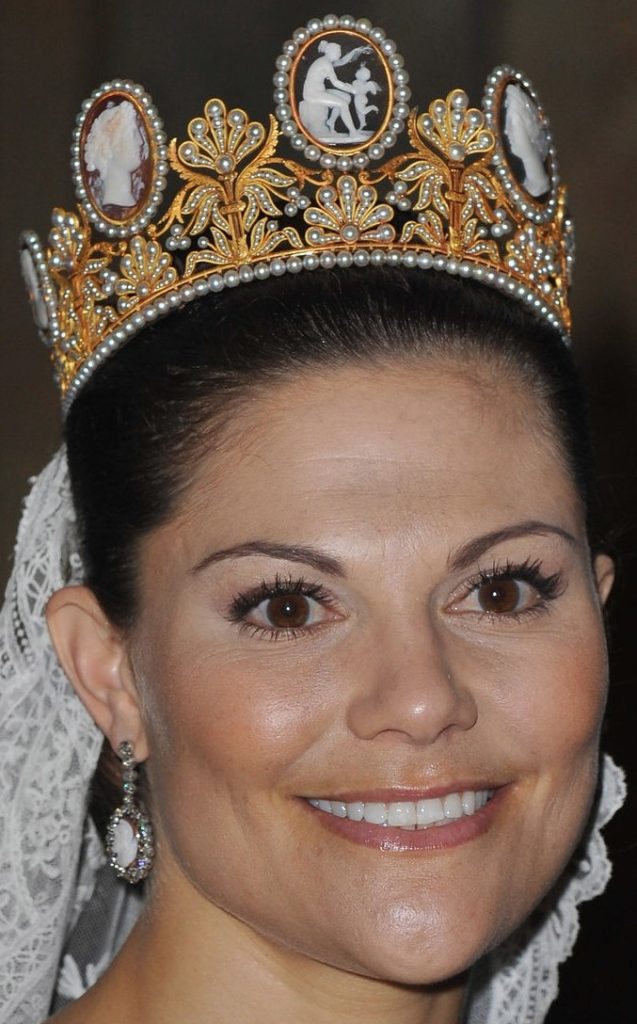
10. Queen Elizabeth I’s Armada Portrait Pearls
Queen Elizabeth I of England famously wore a strand of pearls in her Armada Portrait, which commemorated the defeat of the Spanish Armada in 1588. The pearls, symbolic of purity and strength, became closely associated with Elizabeth’s image as the “Virgin Queen.” Throughout her reign, Elizabeth used fashion and jewelry to cultivate her image of power and invincibility. The pearls in this painting, alongside her regal demeanor, solidified her as one of history’s most iconic monarchs.
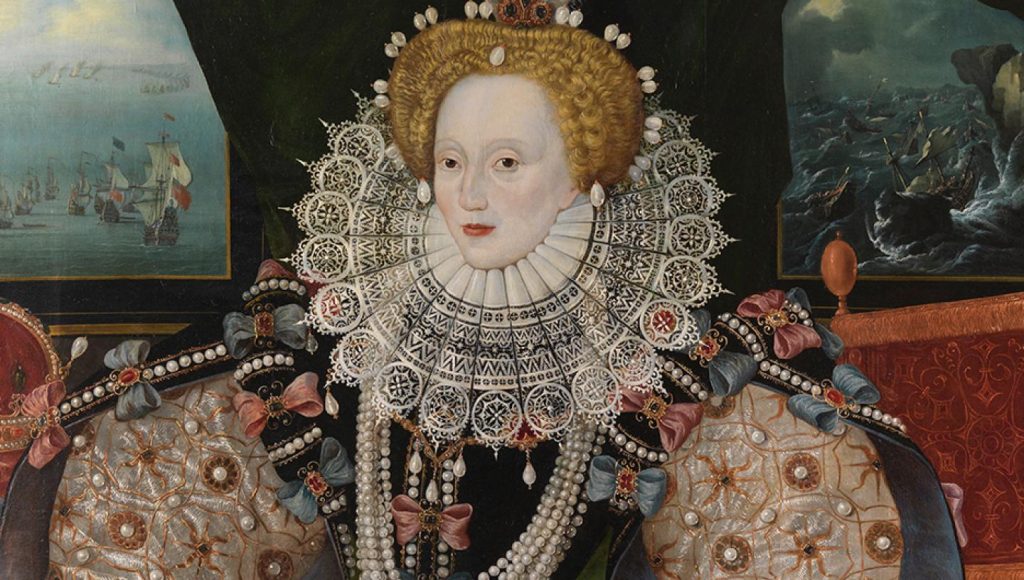
The jewelry worn by historical figures serves as a reminder of the power, prestige, and personal stories that shaped their lives. From royal crowns to lavish necklaces, these pieces have transcended their decorative purpose to become symbols of entire eras, immortalizing the legacies of those who wore them. As we admire these iconic pieces, we are reminded of the lasting impact that jewelry has had on history and culture.
